
Order this book online at www.trafford.com
or email
Most Trafford titles are also available at major online book retailers.
Copyright 2013 Anwarul Islam, MD, PhD . FRCPath, FACP
All rights reserved. No part of this publication may be reproduced, stored in a retrieval system, or
transmitted, in any form or by any means, electronic, mechanical, photocopying, recording, or
otherwise, without the written prior permission of the author.
Created in the United States of America .
isbn: 978-1-4907-1013-6 (e)
Trafford rev. 07/26/2013
 www.trafford.com
www.trafford.com
North America & international
toll-free: 1 888 232 4444 (USA & Canada)
fax: 812 355 4082
Manual of Bone
Marrow Examination
Contents
Tips For A Successful Bone Arrow Aspiration
And Biopsy Procedure By Palpation Method
(Blind Aspiration And Biopsy)
Manual of Bone Marrow Examination
Anwarul Islam, M.D.,Ph.D., FRC Path, FACP
Clinical Associate Professor of Medicine
State University of New York
at Buffalo
Attending Physican
Division of Hematology/Oncology
Department of Medicine
Buffalo General Hospital
Buffalo New York
USA
Attending Physician
Internal Medicine/Hematology-Oncology
Kenmore Mercy Hospital,
Kenmore, New York
USA
To my parents, my wife Shelley, sons Dimitri and Pierre
and to my mentors
Late Professor Rolf Burkhardt, Munich, Germany
Late Professor Bertha Frisch, Tel Aviv, Israel
Late Professor D. A. G. Galton
and
Professors Daniel Catovsky and John M Goldman
Hammersmith Hospital
London, England
The purpose of this manual is to present a systematic approach to the methods of procurement and examination of bone marrow (aspiration and trephine biopsy) samples which play a crucial role in the diagnosis and management of hematological as well as non-hematological conditions. The manual is designed for medical students, house officers, physicians and other health professionals with an interest in hematology and oncology. It can also be used as a readily available, contemporary reference source for technologists and nurses who are involved in assisting in bone marrow aspiration and biopsy procurement and processing of marrow for cytological, immunological and histological examination. Although most practicing hematologists are familiar with bone marrow sampling techniques for diagnostic evaluation there is a growing body of information that merits review, critical analysis and consolidation in one working reference.
The manual is organized into two major sections. The first is directed towards an appreciation of the merits, advantages, disadvantages and limitations of bone marrow aspiration biopsies. The selection of biopsy site(s) and the diagnostic value of the derived Romanowsky stained dry film smears are discussed. The second section of the text addresses the trephine or solid core bone marrow biopsy. Particular attention is directed to the new and improved instrumentation that has been introduced into the field. In addition to comparing the core biopsy with the aspiration biopsy technique the particular advantages of the former procedure are evaluated in detail. Finally, considerable attention has been given to the step wise bedside technique of obtaining ideal bone marrow biopsy specimens and their processing.
It is recognized that bone marrow biopsy is a specialized clinical procedure. It is associated with well recognized requirements as well as potential problems that are less well known. These considerations and their resolution from a clinical hematologists viewpoint are specifically included in this text.
On a vacation in 1943, Edwin Land snapped a photo of his three-year-old daughter, Jennifer, who asked why she could not see the picture right now. Land wondered the same thing. He later recalled that by the end of that same day he had pretty much figured out the solution-except for those details that took from 1943 to 1972.
Lands created Polaroid
Readers Digest
Almost fifteen years have passed since the first edition of this book was published. During this time there has been considerable improvement in the technique of procuring bone marrow, particularly the core biopsy sample and its processing into plasticmethyl or glycol methacrylate. The loss of bone marrow core samples during its extraction, in other words, failure to retain the complete biopsy sample within the lumen of the needle after the needle is withdrawn from the patients body has been a serious continuing problem. Although the importance and significance of this particular problem, i.e. the loss of biopsy sample during the process of its extraction was recognised many years ago and was successfully addressed by a new Islam bone marrow biopsy needle with the core retention device. But until now, this needle had not been available in a disposable form because of the complicated nature and high cost involved with the production of such a needle. In recent years, new technology has emerged by which such needles can be made economically and in large numbers. Taking advantage of this new technology, a new Islam single-use bone marrow biopsy needle that retains the original principle of core retention device has now been produced which has been detailed in this book.
Although the problem of core loss by the conventional bone marrow biopsy needles is now universally recognized and to overcome this problem several different single-use needles have recently been introduced. Each of these needles features different methods of securing a core sample during withdrawal of the needle from the patients body. Unfortunately, in the process of doing this, all of these needles significantly complicate the procedure by introducing multiple steps and a nearly unmanageable assortment of extra parts and components. In some cases, these needles contain up to six or more additional parts. Furthermore, these core-capturing devices as they grasp the biopsy specimen may also cause a crush artefact and reduce the amount and quality of marrow tissue available for histological examination.
The advantage of the new Islam single use bone marrow biopsy needle lies in its simplicity and also in the reduced number of parts and steps required to complete the procedure. This new needle essentially contains only three partsthe needle, spacer guide and the stilette. In this new system, the same stilette is used as a pusher to extrude the biopsy sample out of the needle. In addition, the distal cutting end of the needle, which bears the internal core retention device, has been fitted with multiple small outside serrations/flutes which enhance the force of boring through the hard cortical bone and facilitate the entry of the main wider portion of the hollow needle into the marrow cavity. Although it now sounds very simple, it took over 30 years to develop the Islam single use bone marrow biopsy needle. In that respect the same analogy (quoted above) that applied to Land is also applicable to Islam.
In general bone marrow aspiration and bone marrow core biopsies are now routinely obtained for the investigation, diagnosis and management of various haematological, non-haematological and various other diseases. The procedure usually involves aspiration of a fluid suspension of bone marrow from the sternum, or from the posterior iliac crests using a sternal puncture or similar needles. The bone marrow core biopsies are usually obtained from the posterior iliac crest with a bone marrow biopsy needle. Since the aspirate and core biopsy provide complimentary and useful information, both specimens are routinely obtained at the same time and usually from the same site in a large majority of cases. Posterior iliac crest is most commonly the site of choice. However, because of the extra time required and the inconvenience of using two needlesone for aspiration and one for core biopsy, and the additional cost involved in using the two needles, some investigators use a single bone marrow biopsy needle for both purposes. The technique of aspiration and obtaining a core biopsy at the same time using the same needle and at the same site has inherent technical problems and other disadvantages which has been highlighted in Chapter 5 and proper method of doing so but without sacrificing the quality of the specimens have been recommended. In addition the book has now been produced in colour and several coloured illustrations of mostly plastic embedded bone marrow biopsy sections in normal and diseased condition have been added.
Next page


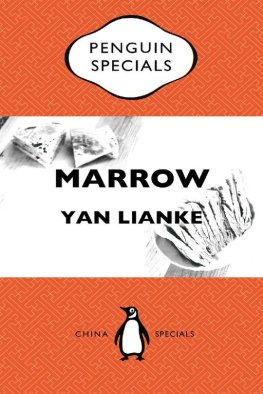

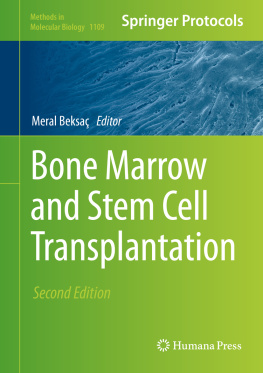
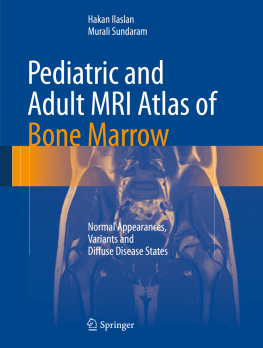


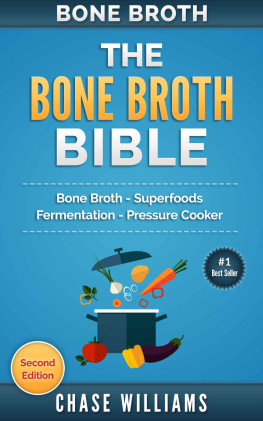
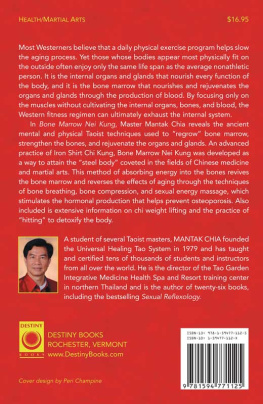

 www.trafford.com
www.trafford.com